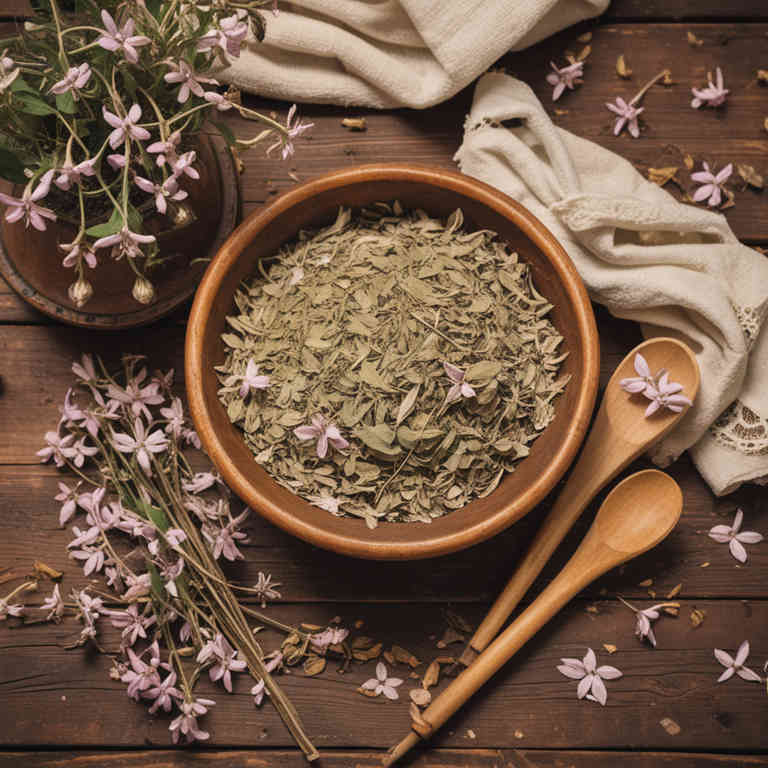Saponaria officinalis bath for medicinal use

Saponaria officinalis bath is a traditional herbal remedy made by infusing the roots or leaves of the soapwort plant in water.
This preparation is known for its cleansing and detoxifying properties, often used to support skin health and promote a sense of well-being. In herbalism, it is applied as a bath to help alleviate skin irritations, reduce inflammation, and detoxify the body. The saponins in the plant act as natural surfactants, aiding in the removal of toxins and impurities from the skin.
It is also believed to have a calming effect, making it a popular choice for relaxation and stress relief.
Uses
Saponaria officinalis bath has been used to promote skin health and relieve respiratory discomfort for centuries.
Historically, it was valued in European traditional medicine for its cleansing properties and was often used to treat skin conditions and respiratory ailments. In traditional practices, the bath was believed to help with detoxification and to soothe inflammation. Modern uses include its application in aromatherapy and as a natural remedy for skin irritation and congestion.
Today, it is also appreciated for its calming effects and is sometimes used in wellness rituals to enhance relaxation and well-being.
Benefits
Saponaria officinalis bath has health benefits such as promoting skin health, reducing inflammation, and providing a calming effect.
This herbal preparation is known for its mild cleansing properties, which can help to soothe irritated skin and improve overall skin texture. The essential oils in Saponaria officinalis may also have antimicrobial properties that support hygiene and prevent infections. Taking a bath with this herb can help relieve stress and promote relaxation, contributing to mental well-being.
It is often used in natural remedies to support skin health and enhance the body's natural healing processes.
Constituents
Saponaria officinalis bath active constituents include saponins, flavonoids, and tannins.
These compounds contribute to the bath's cleansing and skin-soothing properties. Saponins help to emulsify oils and dirt, promoting deeper cleansing of the skin. Flavonoids act as antioxidants, reducing inflammation and supporting skin health.
Tannins provide astringent effects, which can help tighten and tone the skin.
Preparation
To make Saponaria officinalis bath, you will need fresh or dried Saponaria officinalis herb, a large container, and warm water.
Start by measuring 1 to 2 tablespoons of dried Saponaria officinalis and add it to a pot or heatproof container. Pour approximately 2 liters of warm water over the herb and let it steep for 15 to 20 minutes. Strain the liquid through a fine mesh strainer or cheesecloth to remove the plant material.
Finally, transfer the infused water to a bathtub and add it to the water, then soak for 15 to 30 minutes to enjoy the soothing effects of the herbal bath.
Side Effects
Saponaria officinalis bath may lead to skin irritation or allergic reactions in some individuals due to the presence of saponins, which can be harsh on sensitive skin.
This herbal preparation is traditionally used for its cleansing and antiseptic properties, and it may help with conditions like eczema or fungal infections. However, prolonged use or high concentrations could cause dryness, redness, or even chemical burns. It is important to dilute the preparation properly and perform a patch test before using it extensively.
Individuals with sensitive skin or existing skin conditions should consult a healthcare professional before trying this bath.